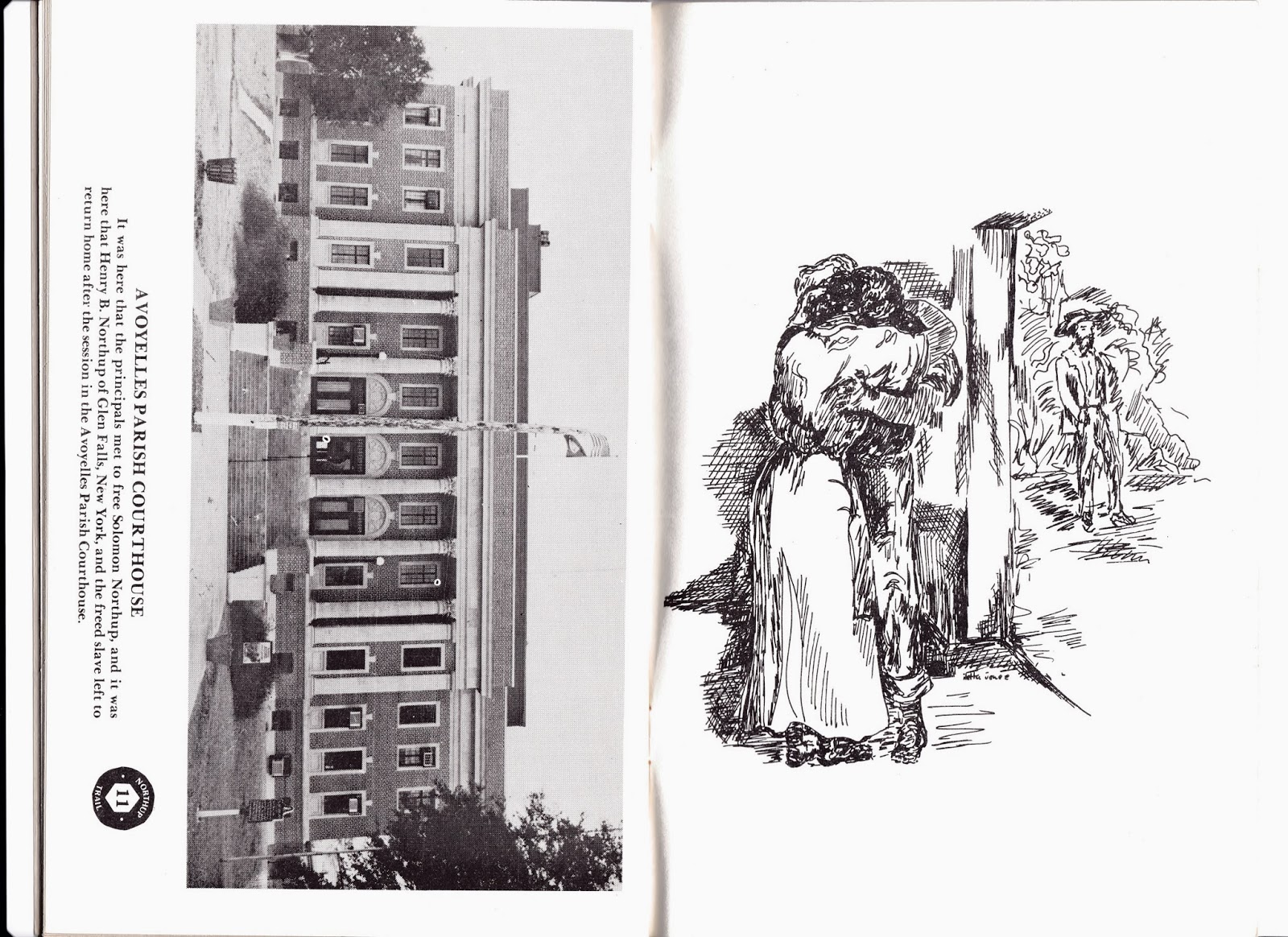

This sort of “war tourism” served to remind the North that slavery was a real and powerful evil that just might survive the war.Īnother reminder of slavery’s inhumanity was this famous image. Other Union soldiers made a point to seek out tangible evidence of slavery’s inhumanity. It is not in the Power of Man to do it.”īurrud’s outrage was rare but by no means unusual. Solomon’s book is true to the letter, only it does not portray the system as bad as it is. A slave “named Washington” also showed the New Yorker “their instruments of torture-the Stocks, Whip, and Paddle, and Strap.” The slaves, he stressed, “all tell a straightforward tale…. and danced along the road until sun down.” This, Burrud thought, was probably “the place that Solomon Northup operated.” He found Epps’ plantation two days later and interviewed several slaves who remembered Northup. As the men marched on, “Oure band struck up and the Collord girls fell in line with the Regt. On May 17, 1863, Burrud and his men marched through the plantation belonging to “the Reble Governor” Thomas O. In a letter to his wife in March 1863, Burrud wrote that he had passed the Epps planation, "where Solomon Northup was a slave."

The horrified New Yorker saw men “come out of the woods with a heavey ring around their necks….this was as the Rebs expressed it to keep them from running away with the damd Yankeys.” Other fugitives never reached the Union lines Burrud saw “a slave at Tibadeux jump in the Bayou and drowned Himself to get away from his Hellish Master.” Even those who had found refuge within the Union lines were in danger: “If they go outside of our lines, they will be picked up and taken off to slavery again.” Yet the slavery that he encountered in Louisiana was very much alive. Burrud’s war was nothing short of a “struggle for Human freedom.” He welcomed the Emancipation Proclamation and relished every opportunity to enforce it: “I think I can see its Death struggle and heare its Death Groans and Oh How I rejoice to see it writhe in agony!” Burrud also saw Louisiana blacks as the true American patriots, a freedom-loving people who “will lie down and have their heads cut off before they will go into slavery again.” He went to war to defend his “adopted country” against the Confederacy, a treasonous “empire” that had dissolved the sacred bonds of the Union to protect slavery-the “most damnable man degrading, soul killing, God dishonoring Institution that ever was permitted to exist on the face of the earth.”Ĭapt.
#Edwin epps plantation louisiana full
History is full of surprises.” (See his post “The Horrors “12 Years a Slave” Couldn’t Tell” on the website of Al Jazeera America.)īorn in England and raised in New York, Burrud was a man of strong opinions and a clear sense of mission. In fact, I had been looking for something entirely different. Says Rothman: “I had no idea when I opened it that Burrud’s diary would shed any light on Northup’s story and its legacies. When closed, Burrud's diary was small enough to fit into a breast pocket.īurrud’s diary was the subject of a recent blog post by historian Adam Rothman. The collection of letters and diaries that Burrud kept between September 1862 and August 1866 now forms part of The Huntington’s manuscript collections. One of these New Yorkers was John Burrud (1828–1883), an officer in the 160th Regiment of the New York Infantry. The Union soldiers, especially from New York regiments, sought out the plantation of Edwin Epps, Northup’s cruel master. In 1863, as the Union forces marched through Louisiana, Bayou Boeuf became a tourist attraction of sorts. Academy Awards also went to Lupita Nyong’o for best supporting actress and to John Ridley for best adapted screenplay. The book is the inspiration of Steve McQueen’s Oscar-winning movie.

#Edwin epps plantation louisiana free
One such book was Solomon Northup’s Twelve Years a Slave (1853), the harrowing tale of a free black New Yorker who was kidnapped, enslaved, and tortured on a plantation in Bayou Boeuf, La. Yet for many young men, the Civil War offered a chance to see places they had only read about in books. He said he was well acquainted with Solomon Northup."Ī war is seldom thought of as a sightseeing opportunity. At the lower left of this opening to John Burrud's diary is a passage that reads, "Came across an Old Slave.


 0 kommentar(er)
0 kommentar(er)
